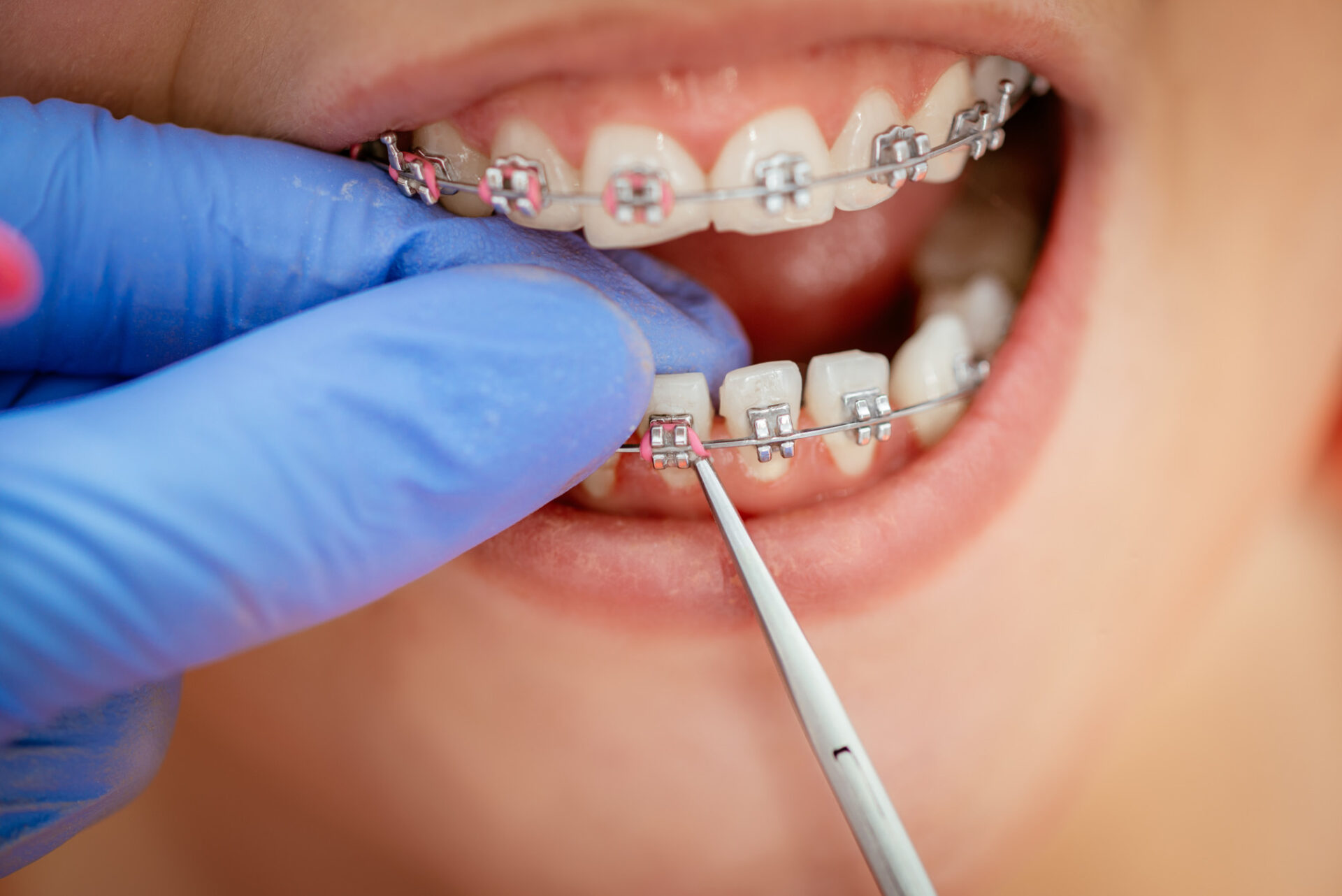Comprehensive Guide to Orthodontics Procedures for Remedying Oral Imbalances
In the realm of orthodontics, the journey to accomplishing a flawlessly aligned smile involves a myriad of procedures tailored to fix oral imbalances. From traditional braces to unnoticeable aligners and even surgical choices, the field of orthodontics provides a series of options to address differing levels of dental abnormalities. Comprehending the ins and outs of each treatment, including their mechanisms, advantages, and potential drawbacks, is vital in making informed decisions concerning one's orthodontic treatment. As we browse through the detailed overview to orthodontic treatments for fixing dental misalignments, the intricate details of each technique will certainly unfold, dropping light on the path toward a useful and unified oral placement.
Orthodontic Procedures Introduction

Routine modifications and tracking are critical components of orthodontic therapy to ensure progression is on track and to make any required adjustments along the method. By undertaking orthodontic procedures, clients can not only accomplish a straighter smile however additionally improve their general dental wellness and feature.
Traditional Braces: How They Work
When taking into consideration orthodontic treatments for dental imbalances, standard dental braces attract attention as a tried and true method for dealing with teeth placing. Standard braces include braces, wires, and bands that collaborate to use constant pressure on the teeth, progressively relocating them right into the preferred alignment. The braces are connected to the teeth utilizing a special adhesive, and the wires are threaded through the braces. By changing the stress of the cables, orthodontists can control the instructions and pressure related to each tooth, directing them into appropriate alignment over time.
As stress is used to the teeth via the dental braces, the bone bordering the teeth is reshaped to support the new tooth positions. Clients will need regular adjustments at the orthodontist's office to ensure the dental braces proceed to use the proper stress for reliable teeth activity.
Invisible Aligners: Cons and pros
These clear, customized trays are basically unseen when worn, making them an enticing choice for people seeking an extra aesthetically pleasing orthodontic therapy. Clients can get rid of the aligners prior to consuming or brushing their teeth, reducing the danger of food obtaining stuck in the appliance and streamlining the cleaning process.

Surgical Orthodontic Options
Surgical interventions in orthodontics present sensible options for resolving complex oral imbalances that may not be successfully solved through conventional orthodontic treatments. While unseen aligners and traditional dental braces can deal with several orthodontic problems, certain situations call for medical intervention to achieve optimum results. Surgical orthodontic options are commonly advised for severe malocclusions, significant jaw discrepancies, and instances where the underlying bone structure needs alteration to achieve correct alignment.
One typical medical orthodontic procedure is orthognathic surgical procedure, which involves repositioning the jaws to remedy useful concerns such as difficulty eating or speaking. This surgery is commonly executed in cooperation with an orthodontist who helps line up the teeth prior to and after the procedure. Surgical orthodontics might additionally involve treatments to subject affected teeth, eliminate excess periodontal tissue, or improve the jawbone to develop a more harmonious face account.
Before thinking about medical orthodontic choices, individuals go through a thorough assessment to establish the need and possible advantages of such interventions. cumming invisalign. While surgical treatment may appear daunting, it can considerably boost both the function and appearances of the smile in situations where conventional orthodontic treatments fall short
Retainers and Post-Treatment Treatment

Failure to conform with post-treatment care guidelines can result in regression, where the teeth progressively move back towards their initial positions. Constant retainer wear, good dental hygiene, browse around these guys and normal oral check-ups are essential for preserving the results attained via orthodontic surgical blog procedure and making certain the long-term stability of the dealt with dental placement.
Verdict
In verdict, orthodontic treatments offer numerous alternatives for correcting dental misalignments. Surgical orthodontic choices are available for much more severe imbalances. Generally, orthodontic treatments can efficiently boost dental wellness and aesthetic look.
As we navigate with the thorough overview to orthodontic treatments for dealing with dental imbalances, the elaborate information of each technique will certainly unravel, losing light on the course towards a functional and unified dental positioning. - cumming orthodontics
One of the most typical orthodontic therapies is the usage of dental braces, which consist of steel brackets and cables that apply gentle pressure to gradually move teeth into the preferred setting.When thinking about orthodontic therapies for dental misalignments, typical braces stand out as a time-tested approach for remedying teeth positioning. Additionally, unnoticeable aligners may not be appropriate for complicated orthodontic concerns that call for even more considerable teeth movement, as they are usually suggested for moderate to moderate instances. Retainers are custom-made orthodontic gadgets created to hold teeth in their corrected settings after the conclusion of orthodontic treatment.